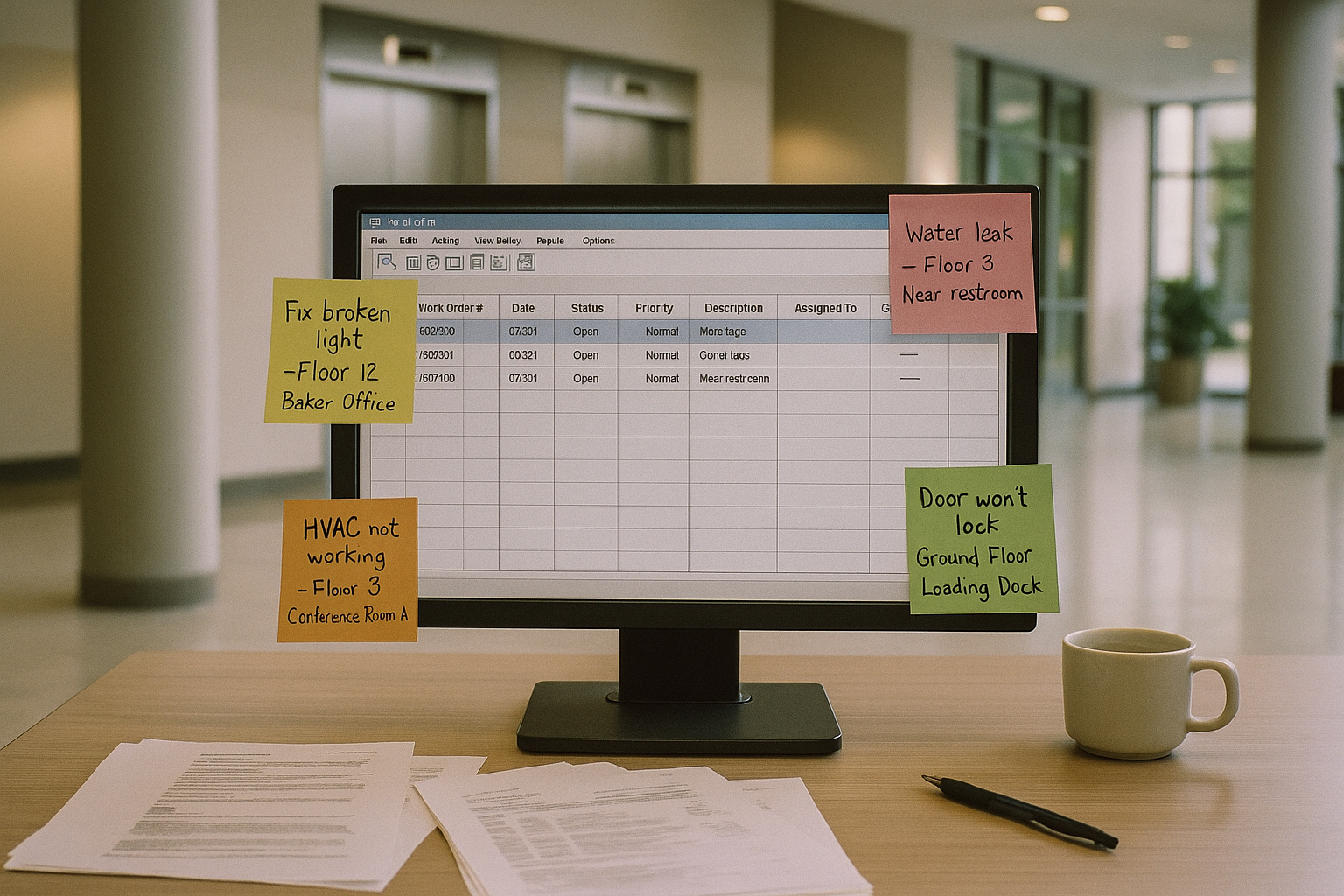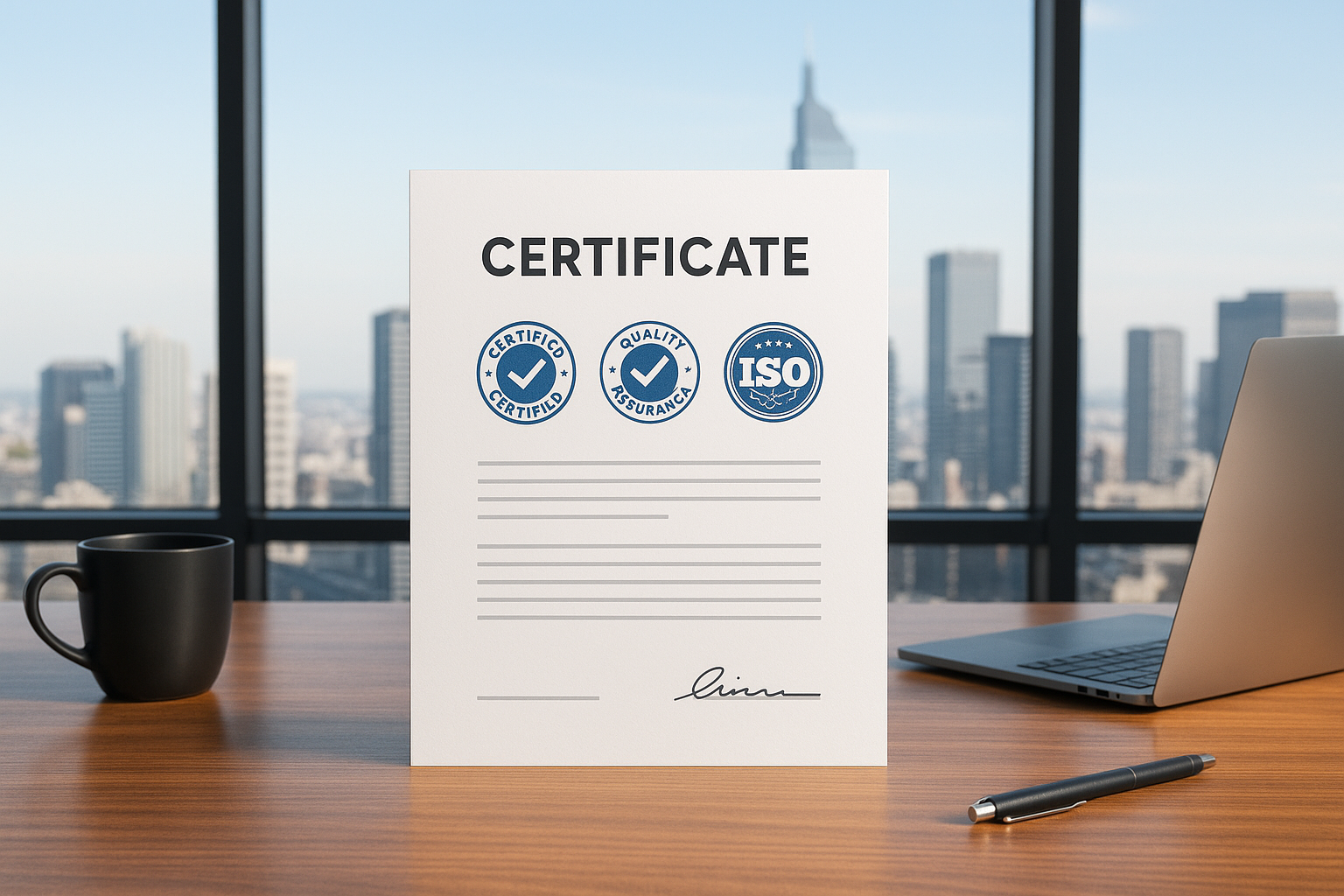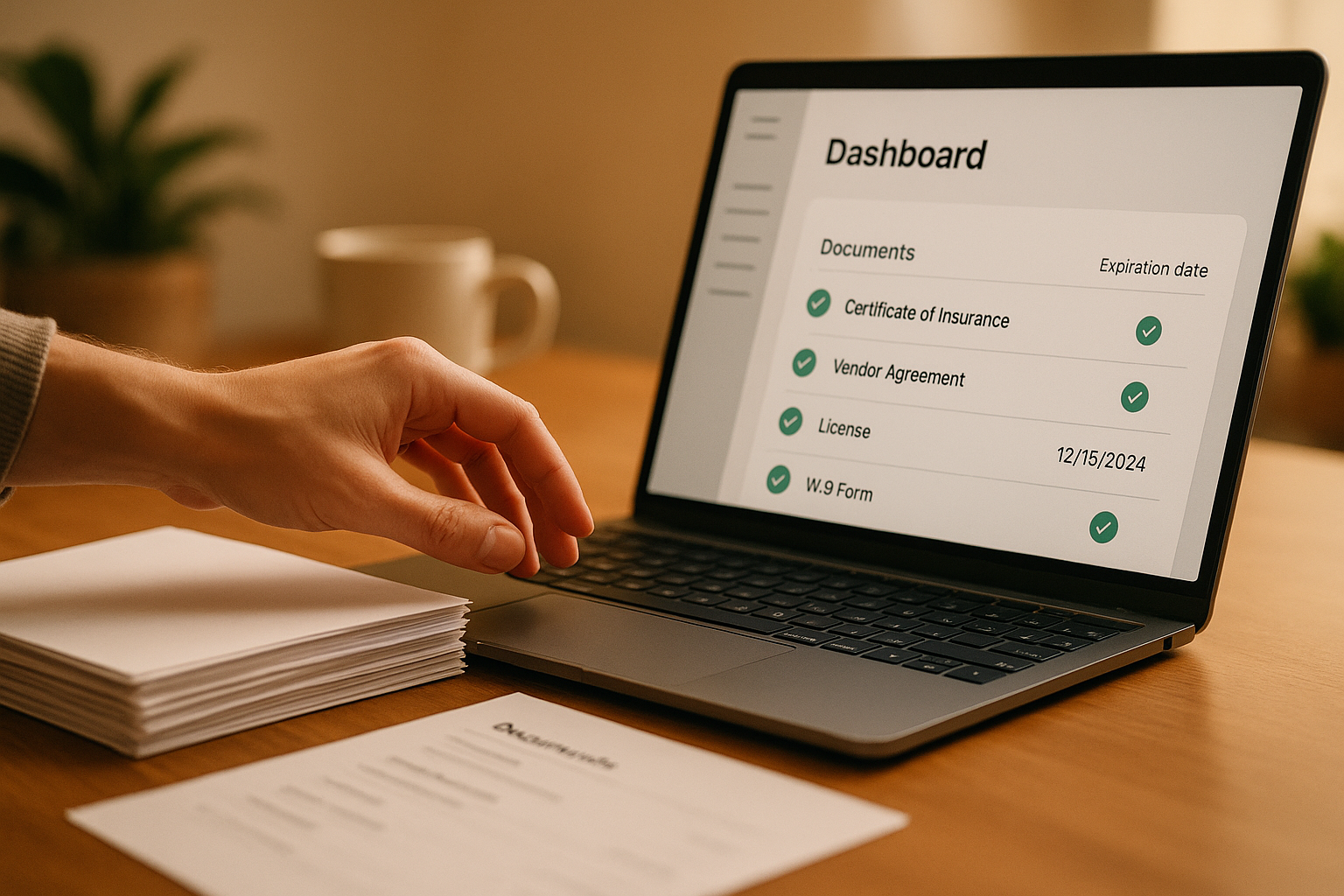You oversee a portfolio of commercial properties, each with its own quirks and security systems. In today’s market, the way access control software is implemented across your buildings plays a role in how tenants feel about their space, whether they realize it or not. The modern tenant expects convenience without compromising security, and you are at the helm of delivering that experience.
Portfolio-Wide Challenges: Managing Multiple
Assets with Different Systems
If you manage multiple properties, you might be contending with a patchwork of building access control systems – perhaps one site still uses old swipe cards, another has a newer access control system software platform, and a third relies on physical keys. This lack of consistency creates headaches. Your team has to learn different interfaces and procedures for each property.
Tenants moving between your buildings (for example, a company leasing in two of your locations) may need separate badges or apps for each place, undermining the seamless experience they crave. The inconsistency isn’t just inconvenient; it can also lead to security gaps. Disparate systems often don’t “talk” to each other, so there’s no easy way to get a portfolio-wide view of who’s accessing what or to enforce uniform security policies across all sites.
Multiple systems also mean multiple points of failure and higher overhead. You’re likely paying maintenance or licensing fees to different vendors for each system. There’s duplication of effort when your security staff or IT support have to troubleshoot and maintain varied hardware and software. According to a banking technology report (with lessons that apply to real estate), “maintaining a patchwork of systems is costly, difficult to upgrade, and increasingly risky.”
Without a unified platform, it’s hard to leverage data for decision-making. For instance, many organizations now use access data to understand occupancy and optimize space. In fact, 42% of surveyed companies reported using their access control systems to analyze employee occupancy and manage hybrid work arrangements.
If each building in your portfolio has siloed data, you miss out on the “big picture” insights that could help you streamline operations and offer better services to your tenants. The challenge for you is clear: how do you simplify and centralize access management across all your properties? The answer may lie in moving away from that patchwork and toward a more integrated strategy, which brings us to future-proofing your access control approach.
Future-Proofing Decisions: Scalable Platforms vs.
Patchwork Upgrades
Technology in security moves fast. What felt cutting-edge a decade ago (like key-card entry systems) might now be lagging behind modern smart access control solutions. When faced with aging systems, you essentially have two paths: keep patching and piecemealing with quick fixes, or invest in a scalable platform built for the long haul. It might be tempting to save money by just adding new components to old systems – for example, bolting a wireless lock onto an existing setup or mixing different vendors’ gadgets.
Choosing a scalable, unified platform for software access control across your portfolio can feel like a bigger investment up front, but it pays off as your needs evolve. A future-proof platform means one interface to manage, one unified database of users, and easier adoption of new features like mobile credentials or biometric readers. Significantly, many industry leaders are recognizing this need for flexibility.
In one recent security survey, 49% of respondents emphasized the “ability to add or support new tech in the future” as a top priority for their access control systems, and 28% specifically wanted solutions built on open standards (which avoid proprietary dead-ends). The message is clear: people want systems that can scale and adapt, rather than ones that lock them in.
If your buildings run on a modern, interoperable platform, you can introduce a new building to the portfolio or integrate a new technology (like an updated visitor management system or elevator access control) without a complete overhaul. By contrast, a patchwork of older systems might require a costly bespoke integration (or worse, a rip-and-replace scenario) every time you try to modernize one aspect.
Tenant Expectations at the Institutional Level: Balancing High Security with a Seamless Experience
There's a demand for a seamless experience: no lines in the lobby due to cumbersome check-ins, no bulky key rings or multiple badges for different doors, and no confusing procedures for their employees or visitors. It’s a tricky balance – you must make the building a fortress without it feeling like one.
Meeting these expectations starts with adopting tenant-centric access practices. A big part of that today is mobile and cloud-based access control. If you haven’t already, you will likely face pressure to move beyond traditional keycards to mobile credentials or other frictionless entry methods. Why? Because that’s what people now consider modern and convenient. In fact, even a few years ago, over 40% of organizations planning upgrades insisted on including mobile access in their new systems, and that number has only grown with ubiquitous smartphones. Enabling tenants to use their smartphone or smartwatch as a key means they are less likely to forget their credentials, and they can enter the building with a quick tap or even hands-free via Bluetooth.
From the tenant’s perspective, this feels high-tech and effortless. From your perspective, it’s actually a boost to security – digital credentials can be revoked or changed in real time, and they are often tied to identity verification tools. The industry’s push toward touchless access is another outcome of balancing security with experience. During the pandemic, touchless entry became a health necessity, but it lingered as a preference because it’s simply faster and more pleasant. In one survey, touchless access was named the single most impactful new technology for improving physical security by 20% of security professionals, even above other innovations. Tenants interpret touchless, frictionless access as part of a premium experience, and it sends the signal that your property is forward-thinking.
High security and seamless experience aren’t mutually exclusive. In fact, they can reinforce each other. Consider visitor management: an old-school approach might have every guest stop at a security desk to sign in and wait for an escort.
That’s secure, but frustrating. A modern approach is to let tenants pre-register their visitors through a building access control app, so a visitor gets a QR code or mobile pass in advance. They arrive and scan it to get through the lobby turnstile. Security is maintained (you know exactly who is in the building and when), but the visitor breezes through like they’re checking into a flight.
The evidence is mounting that landlords understand this need for better experiences: 92% of commercial landlords acknowledge that tenants “want more from their buildings” in terms of amenities and tech-driven convenience. And because many of your tenants might themselves be large companies with internal security requirements, they’ll gravitate toward buildings that can accommodate things like dual-factor authentication or integration with their own office’s access system.
By providing a secure environment that doesn’t make everyday life a hassle, you position your properties as true Class A experiences. In practice, this means regularly auditing how easy it is for a tenant to enter, move around, and invite others into the building. If there’s needless friction, it’s time to consider upgrades. The goal is to have tenants (and their employees) feel safe and in control, while hardly noticing the security measures operating in the background.
ROI Framing: Value Creation through Retention, Premium Rents, and Operational Efficiency
It saves you from vacancy loss, broker fees, build-out costs, and the general uncertainty of finding a new tenant. How big is that win? Consider that research in the CRE industry found replacing a single commercial tenant can cost up to three times more than retaining that tenant when you factor in all the expenses, and it may take up to two years to recoup the income lost during a vacancy. In short, unhappy tenants who leave are very expensive. On the flip side, if your access control and building tech contribute to a positive tenant experience, you boost satisfaction and renewal rates.
Satisfied tenants stick around. According to Kingsley survey data, about 75–80% of tenants who say they’re likely to renew their lease actually do so, showing a direct link between satisfaction and retention. Every percentage point increase in retention directly supports your bottom line and even your property’s valuation. High retention doesn’t just cut costs; it “helps maintain and increase asset value while supporting rent growth." In other words, a building known for keeping tenants happy becomes more attractive to investors and can justify higher rents over time.
A recent survey by BOMA backs this up: smart tech-enabled buildings saw an 18% higher tenant satisfaction, which translated into a 14% increase in lease renewal rates, and perhaps most strikingly, properties with advanced automation and access systems were able to charge 15–20% higher rents on average.
That rent premium goes straight into your asset’s financial performance. It’s not hard to see why tenants might pay more – from their perspective, the building offers tangible benefits (like easier entry for their staff and visitors, better safety, and even bragging rights that their office is in a “smart building”). There’s also an image component: an institutional tenant might invite clients to their offices and the seamless security experience is part of the overall impression of professionalism and modernity. All of this can justify a higher price per square foot. Additionally, when your building is known for its efficient smart access control and tenant-friendly tech, word gets around. You’re more likely to attract high-quality tenants, filling vacancies faster and pushing demand upward.
Lastly, don’t overlook operational efficiency gains as part of ROI. Modern access control can reduce workload for your property management team. There’s also a wealth of data that a unified system gives you – you can see usage patterns and optimize HVAC or lighting based on areas actually in use, or adjust cleaning schedules because you know which areas were accessed that day.
These efficiencies can translate to real savings on utilities and staffing. For example, in buildings with extensive automation, owners have noted around 20% reductions in operating costs due to proactive maintenance and data-driven management. While that particular stat might include various smart building features beyond access control, the principle holds: a connected, modern building runs leaner. Even something as straightforward as not having to print hundreds of access cards (because you use mobile credentials) is a cost and time saver.
When done right, it creates a virtuous cycle: tenants are happier and safer, they stay longer and pay more, your building runs efficiently, and you spend less time firefighting problems. All of that ultimately shows up in better net operating income (NOI) and asset value.

.png)




